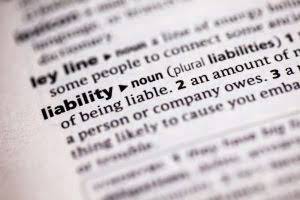
However, modern accounting as a profession has only been around since the early 19th century. In accounting, liquidity describes the relative ease with which an asset can be sold for cash. Assets that can easily be converted into cash are known as liquid assets. Accounts receivable, securities, and money market instruments are all common examples of liquid assets. Debits are accounting entries that function to increase assets or decrease liabilities.
(Hallelujah for modern-day technology, right? 🙌🏼) Check out solutions like Gusto, Zenefits, and Intuit Quickbooks Payroll. Your revenue is the total amount of money https://www.bookstime.com/ you collect in exchange for your goods or services before any expenses are taken out. It’s also a good idea to set your fiscal year when you start your business.
What Are the Different Types of Accounting?
Rarely, the term “trade payables” is used in place of “accounts payable.” Accounts payable belong to a larger class of accounting entries known as liabilities. The terms and concepts in this guide were curated in part for their relevance to new entrepreneurs. Examples include terms such as “accounts payable,” “accounts receivable,” “cash flow,” “revenue,” and “equity.” An accountant is a professional with a bachelor’s degree who provides financial advice, tax planning and bookkeeping services. They perform various business functions such as the preparation of financial reports, payroll and cash management. The start and end dates of your fiscal year are determined by your company; some coincide with the calendar year, while others vary based on when accountants can prepare financial statements.

Even if this results in minor transactions being recorded, the idea is that it’s better to give a comprehensive look at the business — this is especially important in the event of an audit. The basic accounting principles listed here overlap with a handful of GAAP concepts, like matching and materiality, but do not cover all accounting basics of them. For a full rundown of GAAP and what each concept means, see NerdWallet’s generally accepted accounting principles (GAAP) explainer. Having a solid understanding of the components of each financial statement and how to analyze them will also prepare you to take on the more complex principles of financial accounting.
Principle of Consistency
Then, you need the soft skills to apply your knowledge to the real world. To do this type of accounting, you’ll have to have a solid understanding of how to file taxes and of your tax code. You’ll need to comply with both federal regulations and the states in which you operate your business. Tax accounting involves maintaining and keeping track of your business’ taxes. This can include filing yearly taxes, tracking spending and tax rates, as well as assisting employees with setting up tax forms.
However, publicly traded companies whose securities fall under SEC regulations must use GAAP standards. The SEC has stated that it may adopt IFRS best practices to replace GAAP in the future. Businesses and organizations use a system of accounts known as ledgers to record their transactions. The general ledger (GL or G/L) is the master account containing all ledger accounts. Each transaction recorded in a general ledger or one of its sub-accounts is known as a journal entry.

